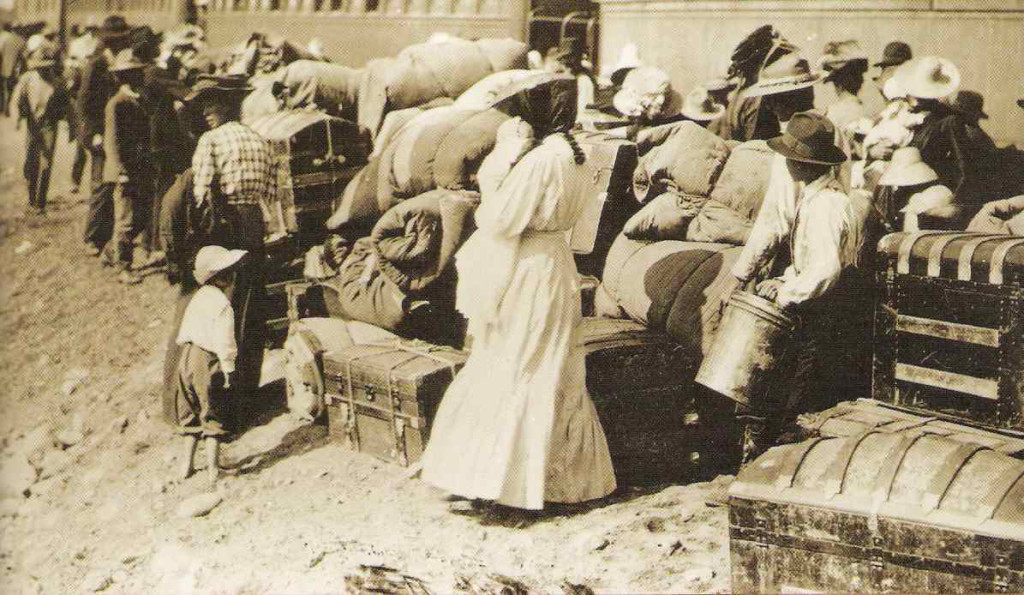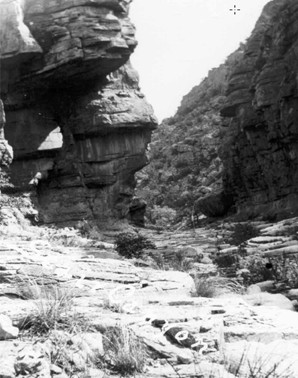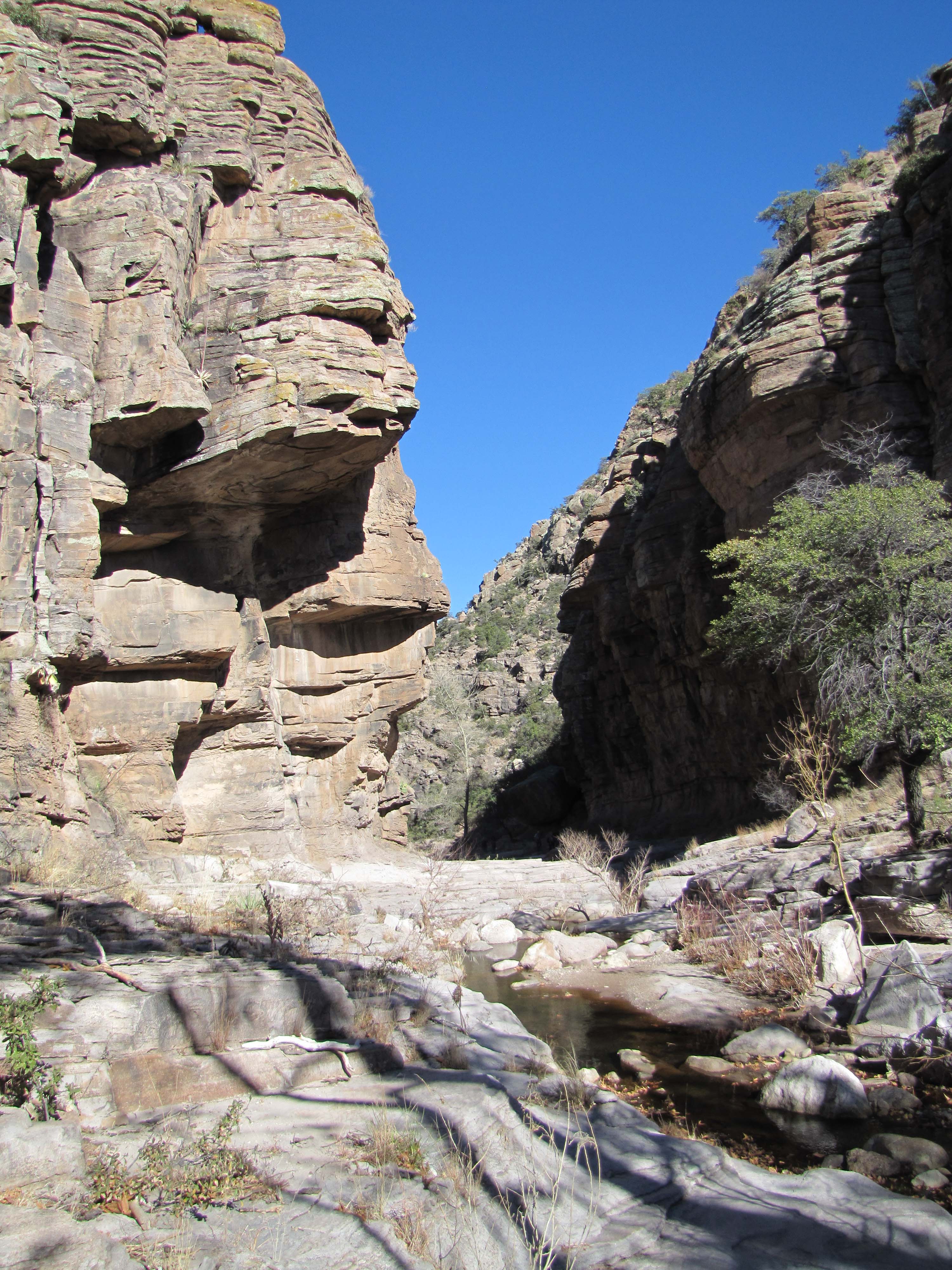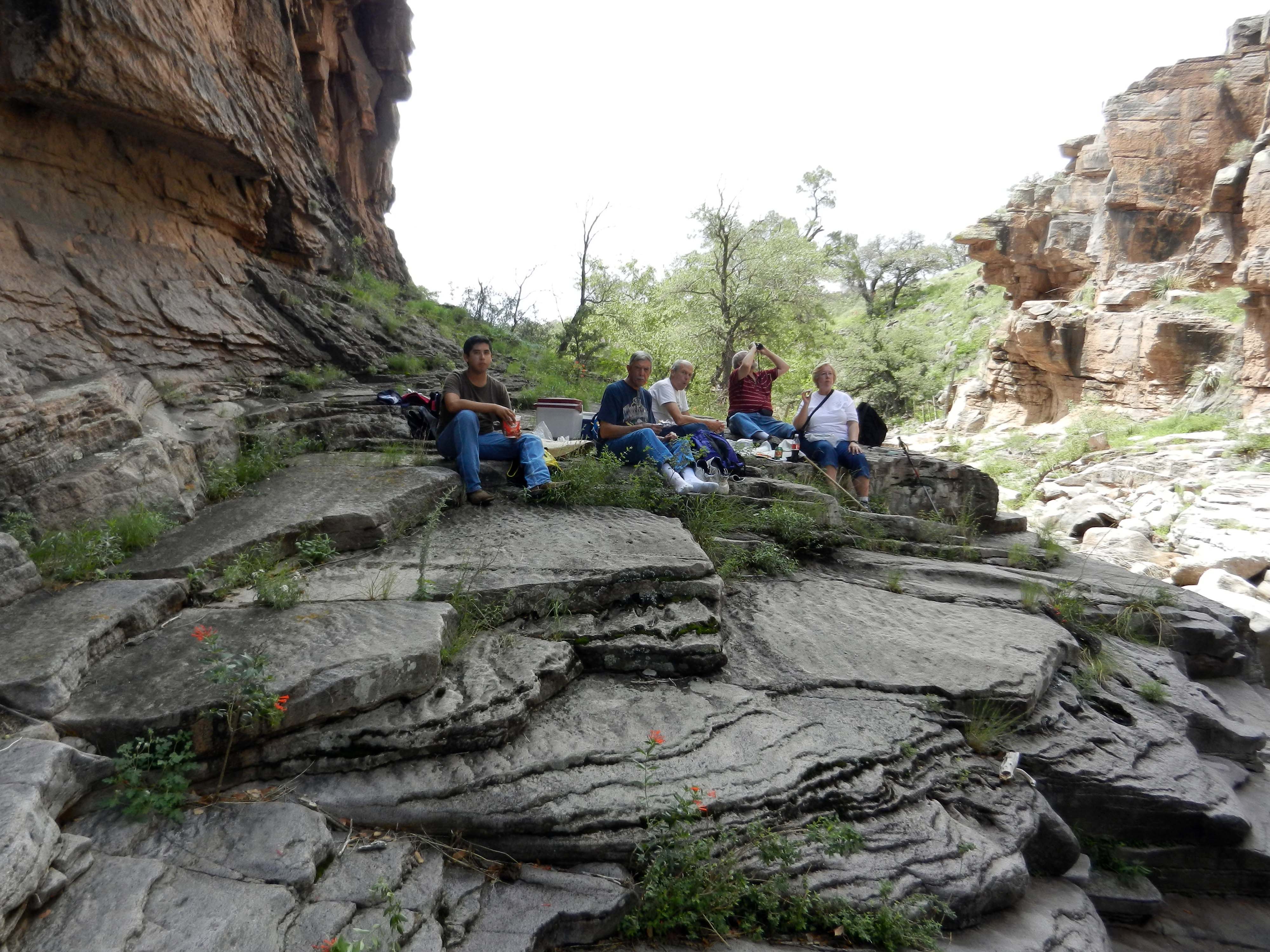The “Stairs”
The Secret Rendezvous Location Prior to the Men’s 1912 Exodus from Mexico
Rondal R. Bridgemon
As an amateur historian of the Mexican Revolution, I am interested in all aspects of the Revolution. As a part time resident of Mata Ortiz (previously Pearson), I am especially interested in the history of the colonies during this violent period in Mexico.
In the summer of 1912, the Casas Grandes area was firmly in the grip of Orozco forces and under the command of General Jose Inez Salazar who was from the area himself. Being upset with the United States for imposing an arms embargo to Mexico, Salazar sought to seize all arms and ammunition from the local Mormon community.
On July 26, 1912, General Salazar sent a message ordering Juárez Stake President Junius Romney to come to Casas Grandes for a meeting. At this meeting, Salazar informed Romney he was withdrawing all previous guarantees for protection of the colonists and their property. He further ordered Romney to turn over all arms and ammunition held by colonists by July 28. This event and other depredations at the hands of the Red Flaggers let the colonists know it was no longer safe to remain in Mexico.
President Romney agreed to turn over the weapons if Salazar would guarantee safe passage to the United States for the women and children and he agreed. Romney decided only old guns would be turned into Salazar and the best weapons kept hidden for personal protection.
Meanwhile, the women, children, and older men quickly began making preparations for a quick exit to the United States. Those family members living in Colonia Díaz would head by wagon directly to Hachita, New Mexico. Women and children in Dublán would leave by trains from The Station (Nuevo Casas Grandes), those from Juárez, Garcia, and Pacheco were to proceed to the Pearson (Mata Ortiz) train station, and colonists from Colonia Chuichupa would catch the train at the Chico station some 60 miles south of Pearson. The Díaz group reached Hachita on July 28th and the others arrived in El Paso on the 29th.
While the men were turning in their old weapons, approximately 2,000 women, children, and older men boarded trains headed for El Paso. Women and children loading onto train, probably at Pearson (now Juan Mata Ortiz).
On August 1, 1912, messengers were sent from Colonia Juárez to Dublán, Garcia, Pacheco, and Chuichupa for all the men to meet at the Stairs. The Stairs was a secret location in rugged country a few miles west of Colonia Juárez known to all the men. This narrow canyon derived its name from the bedrock floor that resembled stair steps.
Some of the Colonia Juárez men reached the Stairs on August 1 and the Dublán men arrived the next day. The Pacheco men arrived on August 3 and over the following two days the Garcia contingent arrived along with more men from Juárez. By August 5th the men from Chuichupa had yet to arrive as they had a good 30 miles farther to travel than anyone else.
On August 5th the company of over 230 men and 500 horses broke camp and moved a short distance from the Stairs. On the 6th they moved east and remained that night and August 7th camped in the Tapiecitas arroyo hoping that the Chuichupa men would overtake them. On the 8th they headed north traveling with a white flag ahead of the column assuming a posture of neutrality in case they encountered rebels (Red Flaggers) or federal troops (Maderistas).
The column crossed the U.S. border late on August 9th and set up camp in the dark at Dog Springs, New Mexico, the same day the Chuichupa men finally arrived at the Stairs. The first contingent reached Hachita on August 12th. Finding no one at the Stairs, the Chuichupa contingent pushed on and reached Dog Springs on August 11. All the men were reunited with their families in El Paso a couple of days later.
The search for the “Stairs”
As I had visited numerous sites in the region that were associated with the Mexican Revolution, it was deemed necessary to locate the Stairs and hopefully duplicate the 1912 photograph taken there. The various accounts of the exodus that I had read didn’t provide an exact location and often disagreed on the distance from Colonia Juárez.
Michael N. Landon, archivist for The Church of Jesus Christ of Latter-day Saints, comments on this discrepancy in his article on Bishop Sevey’s account of the exodus of the Chuichupa men. Landon states “that the exact distance and direction to the Stairs from Juárez is not known.” Sevey’s account in his journal provides perhaps the best information as to the Stair’s location as he gives a fairly detailed description of the route taken from the Stairs to Tapiecitas.
In 2009 and 2010, two unsuccessful attempts were made to locate the Stairs using descriptions from various journals and hiking west up the Piedras Verdes River. Later we discovered that we had at least been to the location where Stair Canyon meets the Piedras Verdes.
We finally connected with Jay Whetten (sadly, now deceased) and he told his we could essentially drive to the Stairs. After a long visit and he was assured our intentions were strictly historical, he graciously gave us the keys needed to pass through the many gates on the way to Stair Canyon. So finally, on December 11, 2010, we drove several miles west of Colonia Juárez and arrived at the cabin Mr. Whetten had described. We even found a large wooden sign on the porch announcing our arrival at “The Stairs.” As promised, the section of Stair Canyon we had been looking for was just a short distance away. While this section was much shorter than we had envisioned, it was much more beautiful than we had anticipated. We were able to take photos at the same location, albeit a different time of year, as the one taken in 1912.
As the 100th anniversary of the 1912 Exodus approached, I learned of an event that was to beheld in El Paso that would commemorative the Exodus of the women and children from the colonies. After making a few inquires, I was surprised to learn that no such event was planned for the men’s exodus. So, plans were made to commemorate the event ourselves. On August 3, 2012, we had a wonderful picnic lunch at the Stairs and contemplated on all the hardships these pioneers had to endure.
Lunch at the Stairs, August 3, 2012
Landon, Michael N. “‘We Navigated by Pure Understanding: Bishop George T. Sevey’s Account of the 1912 Exodus from Mexico’,” BYU Studies. 2004. Vol. 43, No. 2, pp. 63-101.
Illustration credits: 1912 Stair photos by John Edmund Hall – from Landon; Train photo from Hartley & Call; 2010 and 2012
photos by R. R. Bridgemon




